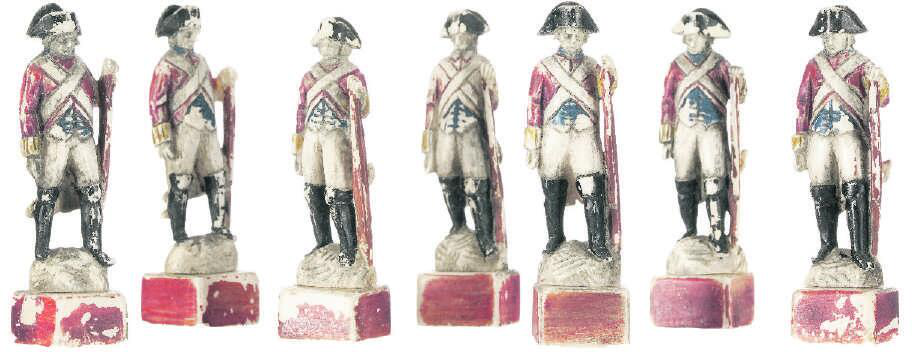The hidden gems of Penthes
06.09.2022 Arts & CultureThere once was a museum called “The History of the Swiss in the World” located on the Penthes estate near Geneva. But lack of funds and two years of covid restrictions took its toll, and in January 2022, after 44 years, the doors closed permanently.
The museum portrayed relations between Switzerland and the world through the life and work of Swiss personalities who, over the centuries and up to the present day, have left their homeland and made their mark on time and the environment in their own way.
The permanent exhibition traced the history of relations between Switzerland and the rest of the world from the Middle Ages to the present day. It showed how Switzerland had built its international relations and wealth, first and foremost, through military service abroad. The focus was on the history of the Hundred Swiss Regiment in the service of France and on the Pontifical Swiss Guard. But also with dedications to architects (Carlo Fontana, Francesco Borromini), explorers (Auguste Piccard, Claude Nicollier), diplomats (Charles Pictet de Rochemont), financiers (Albert Gallatin, Jacques Necker), humanitarians (Henri Dunant, Louis-Lucien Rochat) and artists (Marcello, Pradier).
The foundation behind the museum has decided to sell all the artefacts. The man in charge of this enormous task of cataloguing, verifying and auctioning is Bernard Piguet, owner of Piguet Hôtel des Ventes auction house in Geneva.
A CUSTODIAN OF HISTORY
GL: Mr Piguet, you are auctioning off an essential part of Swiss history that has been hidden in storage for many years. Selling these artefacts also means they see daylight again, in a way you are retelling the stories of great achievement; how does this affect you, seeing all these beautiful pieces up close?
BP: It is extremely exciting to see what Swiss people have achieved all over the world. I have also learned more about Swiss history; for example, did I not know that Genevan banker Albert Gallatin, a legendary Secretary of the Treasury, had his portrait on a 500-dollar bill. His bronze statue stands in front of the American Treasury building in Washington DC.
TOY SOLDIERS
GL: If you should name a few of the most extraordinary artefacts, what would that be?
BP: The most emotive artefacts I discovered were this group of seven little ivory soldiers (the size of tin soldiers) carved and painted as Louis XVI Swiss guards ... They would have been personal toys of the Dauphin, King Louis XVI ’s son, the future Louis XVII. It is likely he played with them between the ages of five and seven before he was imprisoned by the Revolutionaries in 1792, dying three years later in horrible conditions.
We gather that Louis XVI’s brother, as the commandant of the Swiss Guards, could have offered them to his little nephew.
Another example is the order of Toison d’or, it is one of almost 100 gold decorations and medals offered to Swiss for their great achievements abroad that will be sold at the auction. The order of Toison d’Or, one of the most famous orders, was founded in 1430 by Philippe Le Bon; this is a knight’s jewel, gold and enamel, from the first part of the 19th century.
Whether it’ll be toys or tokens of bravery, it will most definitely be interesting to dive into this chamber of treasures – in addition to being a journey in Swiss history. The items from the museum are part of a more extensive auction from 19 – 22 September. If you are not in Geneva in September, you can easily view the lots online and bid at your convenience from 6 September. See more info on piguet.com
JEANETTE WICHMANN





